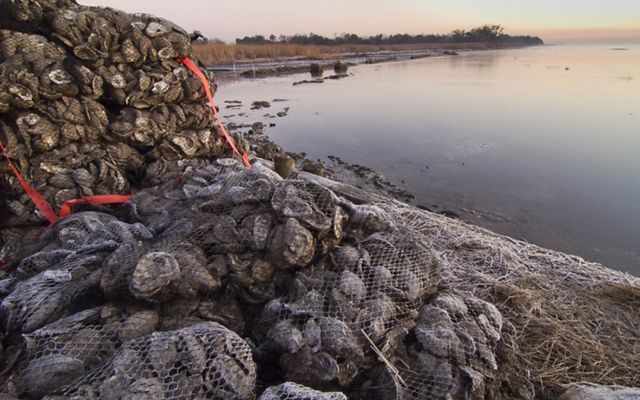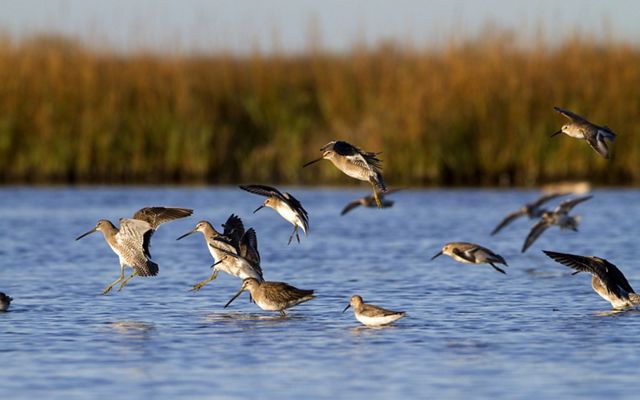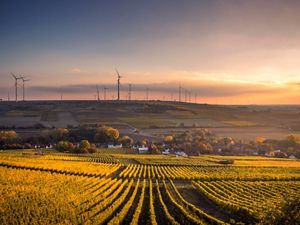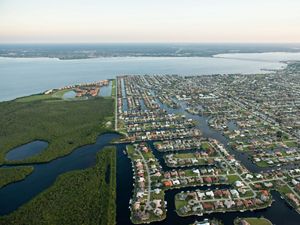THIS YEAR’S ATLANTIC HURRICANE SEASON has already brought immense destruction to the United States and Caribbean.
In just one month, we’ve experienced two Category 5 and two Category 4 storms, which have claimed more than 140 lives. And, at an estimated $290 billion or more in economic damages, this hurricane season will almost certainly be the most costly in U.S. history. Millions lost power, including the entire island of Puerto Rico, where 3.4 million people will likely be without electricity and cell phone service for months.
As we grapple with these tragedies, our hearts go out to all who are affected. The devastation serves as a painful reminder of how vulnerable coastal communities are to massive storms.
To help these communities heal, the U.S. Congress has approved more than $15 billion for immediate recovery efforts, such as housing assistance, clean-up and home repairs. In the coming weeks, as state and local officials continue to assess the damage, Congress is expected to approve additional funds for longer-term recovery.
Five years ago, after Congress and the White House approved relief funding in the wake of Hurricane Sandy, many federal agencies wisely directed a portion of those investments toward nature-based solutions and the multiple benefits those natural defenses can provide communities in the face of future storms.
As Congress begins consideration of supplemental disaster relief funding for this year’s hurricanes, lawmakers should again allow agencies to direct funding to nature-based solutions, such as the restoration of wetland and coastal habitats and the development of urban green infrastructure. Nature can play an important role in helping communities rebuild in a way that’s more resilient against future storms.

Scientific research has shown that coastal natural infrastructure — such as wetlands, sand dunes, reefs, marshes and mangroves — can lessen the impacts of waves and help absorb floodwaters. And nature can be paired with traditional tools, such as sea walls and breakwaters, to bolster communities’ defenses even more.
For instance, a healthy coral reef can reduce 97 percent of a wave’s energy before it hits the shore, protecting people and property. And during Hurricane Sandy in 2012, coastal wetlands in the Northeast prevented more than $625 million in flood damages, according to a Nature Conservancy study recently published in research journal Scientific Reports.
It’s not just coastal communities that suffer during hurricanes. In cities across the country, paved surfaces worsen flooding because rain cannot soak into the ground, often causing traditional sewer systems to overflow with raw sewage and threaten public health. But natural infrastructure, such as rain gardens, permeable pavement and vegetation-lined channels called bioswales, can help urban areas absorb excessive rain, slowing and filtering waters that flow over the ground.
Natural infrastructure can be less costly than “gray,” or concrete, infrastructure, generally requires little or no maintenance and often lasts longer than traditional infrastructure. And hybrid solutions that combine natural and manmade elements have been found to be even more cost-effective, according to a study the Conservancy conducted after Hurricane Sandy.

Communities need access to efficient and cost-effective solutions such as natural infrastructure as the world’s changing climate threatens to bring more frequent and more intense storms in the future. Nature-based solutions can help people, families and businesses defend themselves against these growing threats. At the same time, they also provide communities with additional benefits such as enhanced recreational opportunities, increased tourism income, improved wildlife habitat and better water quality.
While there is no single solution to fully protect communities from the impacts of all storms, natural infrastructure has a vital role to play. As we as a country rebuild from this year’s hurricanes, and as we ready ourselves against future storms, Congress should help states and localities invest in natural infrastructure as a first line of defense. It’s a solution that can win support from both sides of the aisle and bring benefits to people, businesses and economies across the country.
Global Insights
Check out our latest thinking and real-world solutions to some of the most complex challenges facing people and the planet today.



